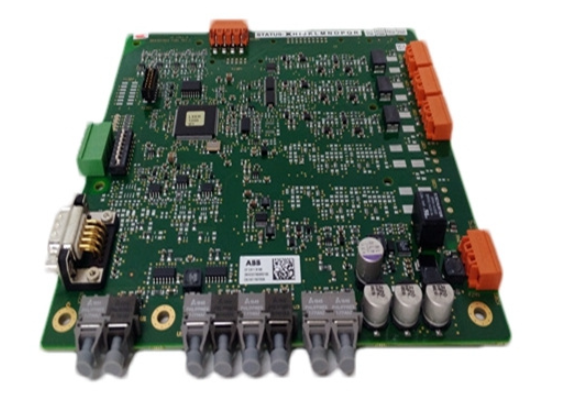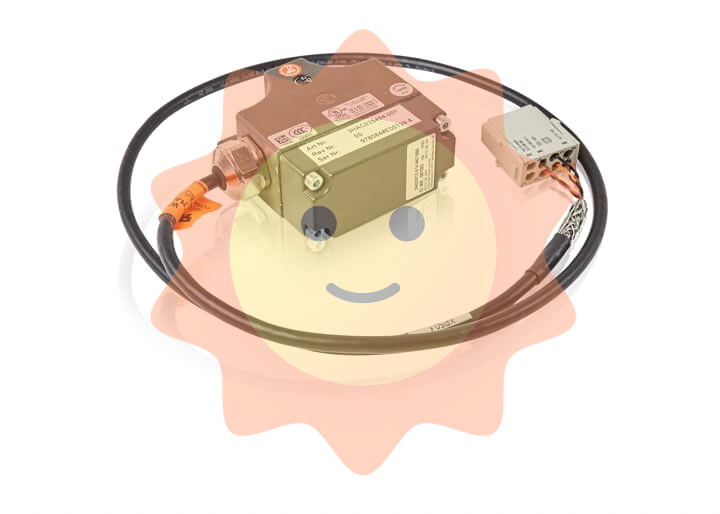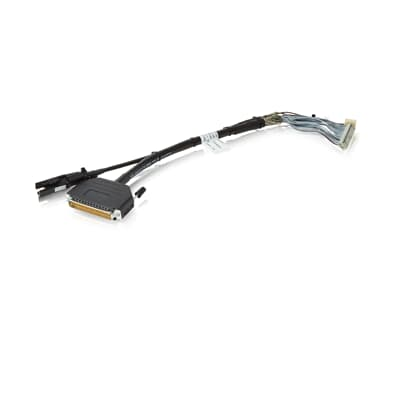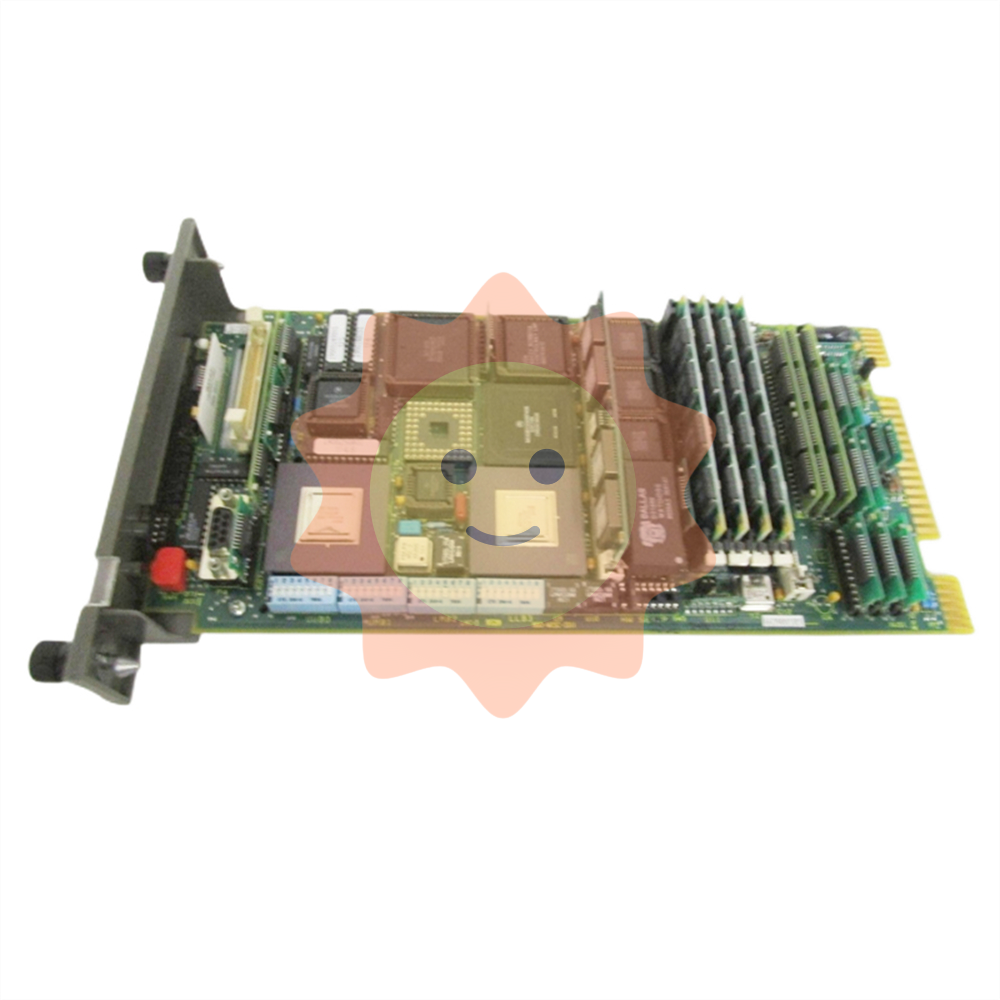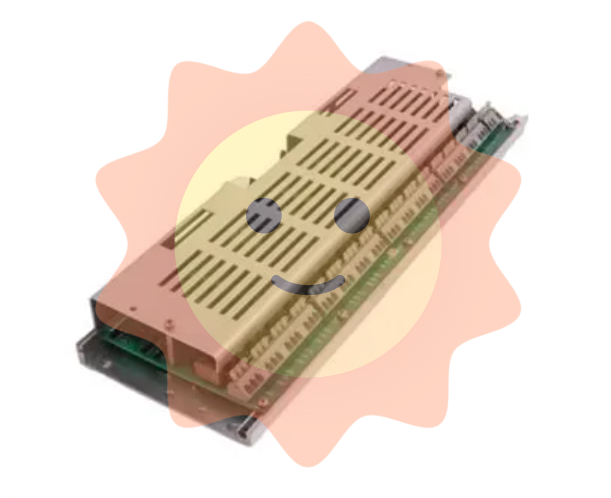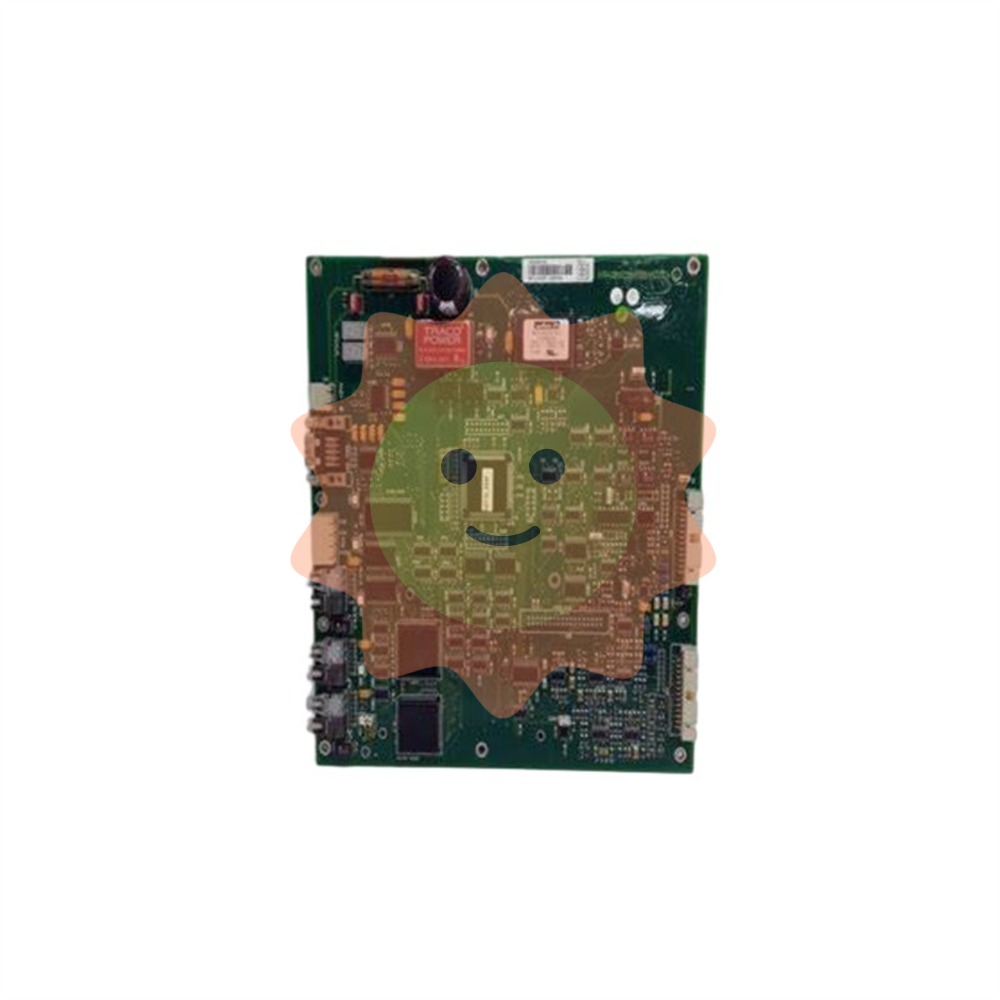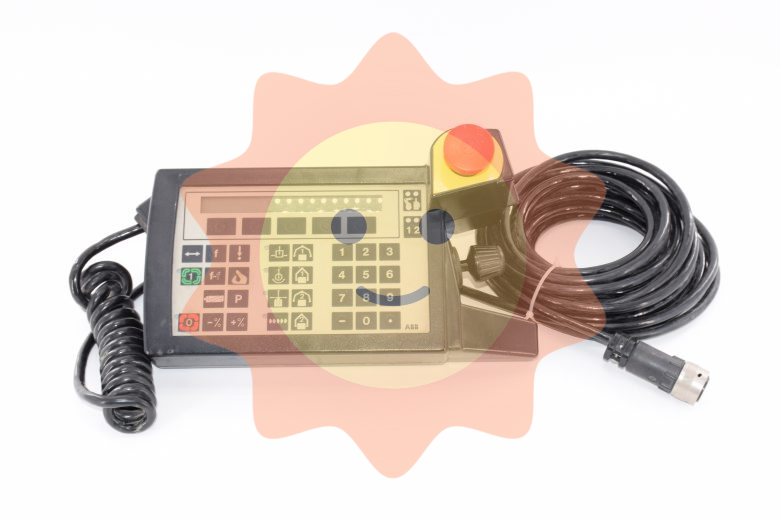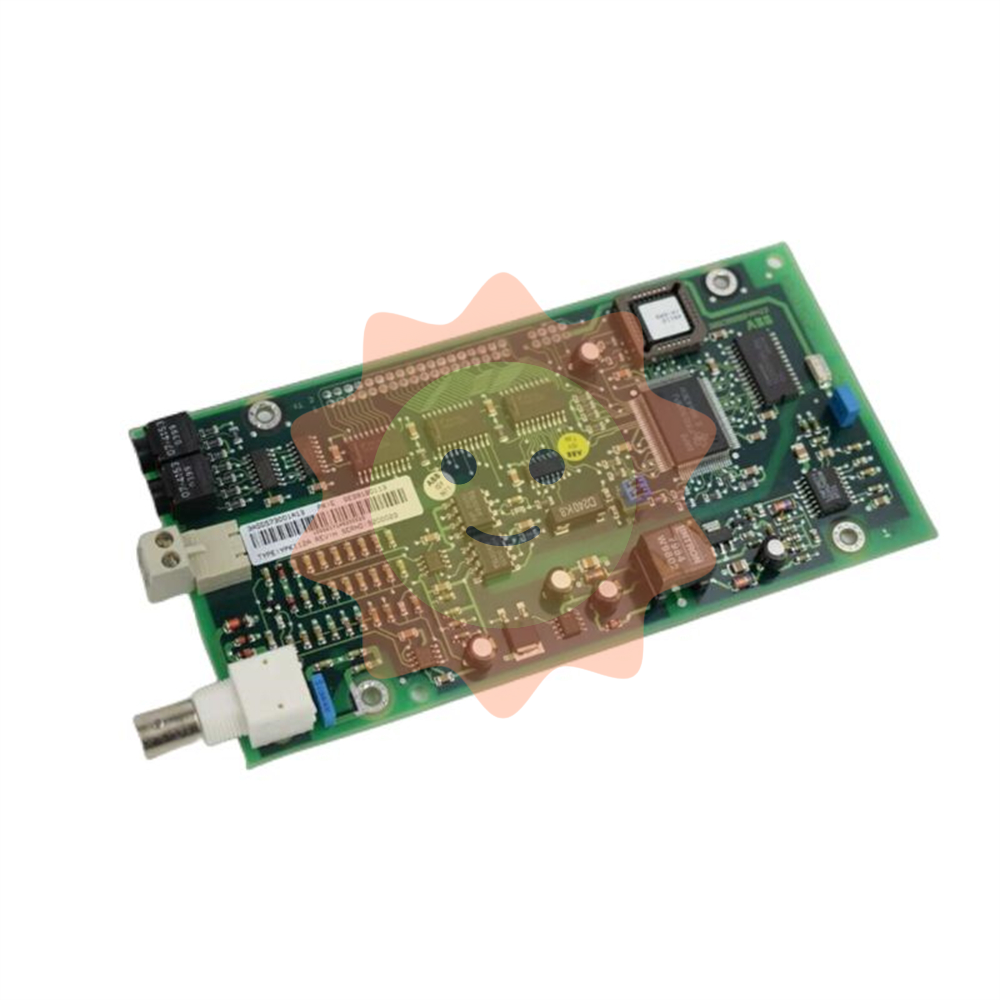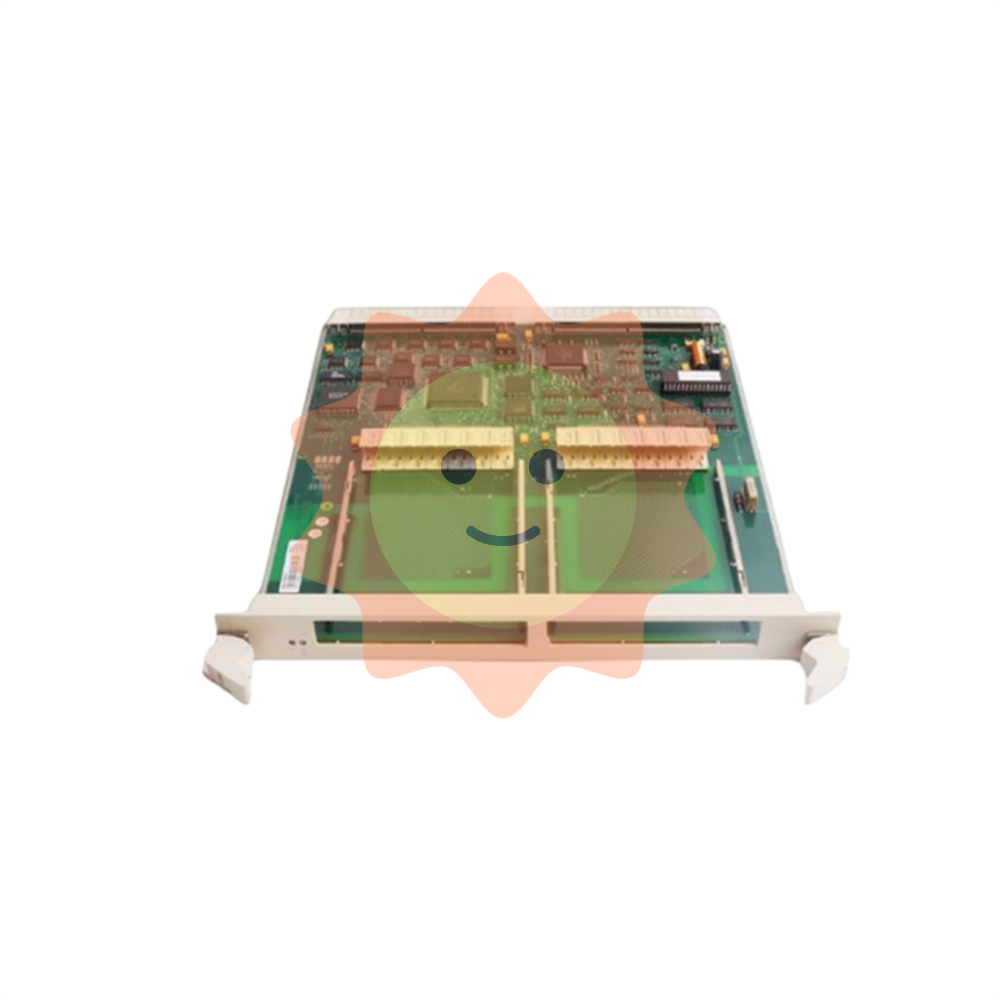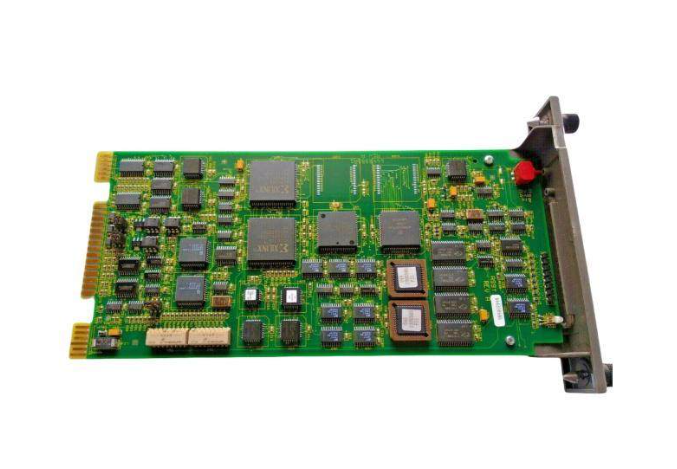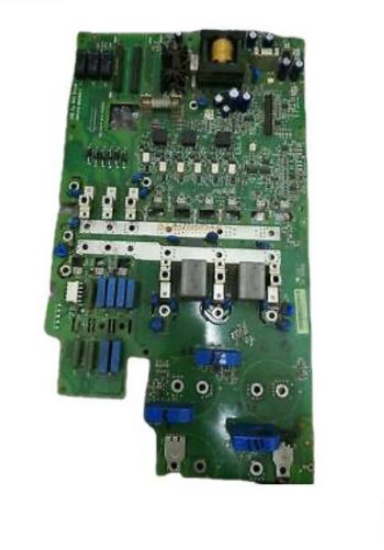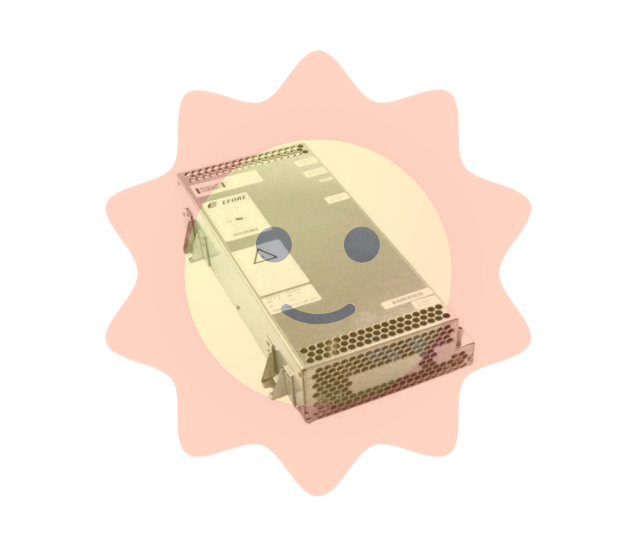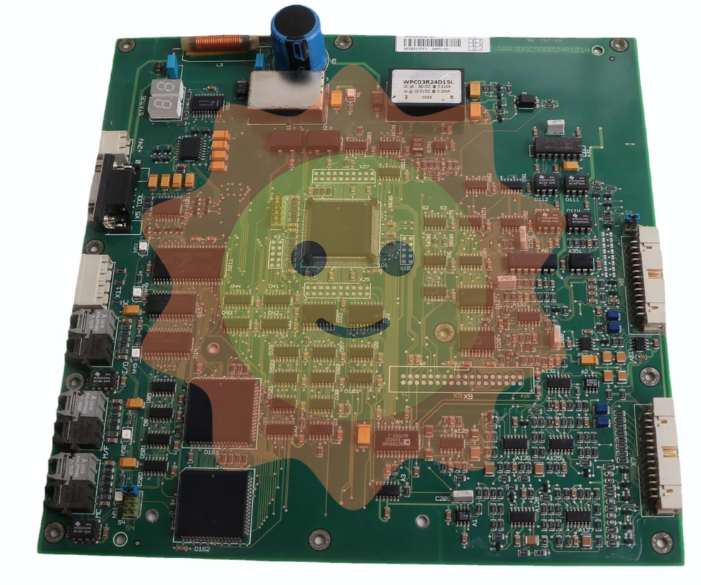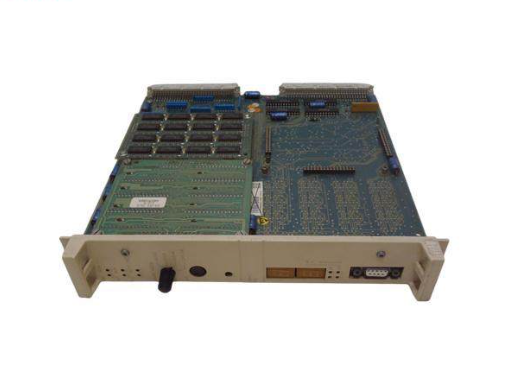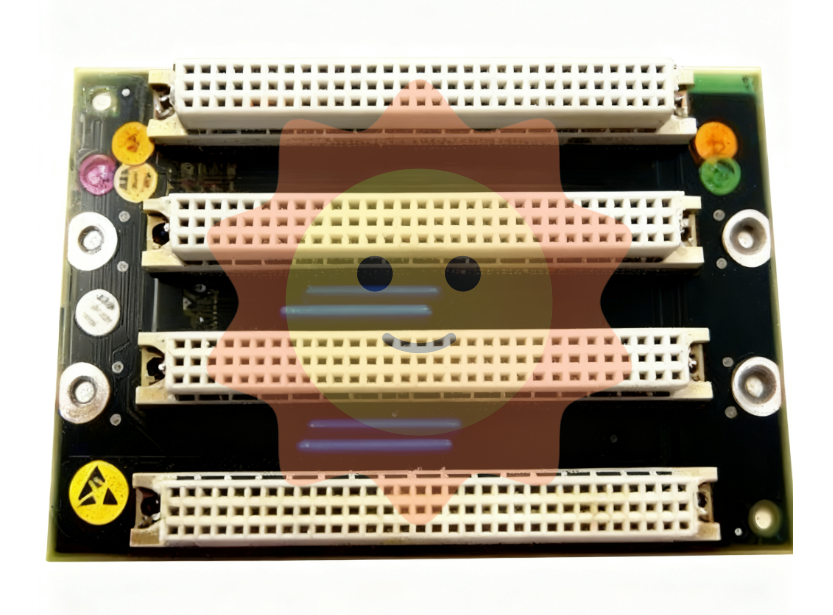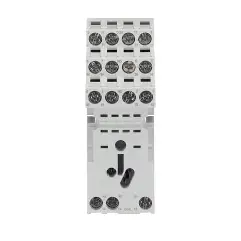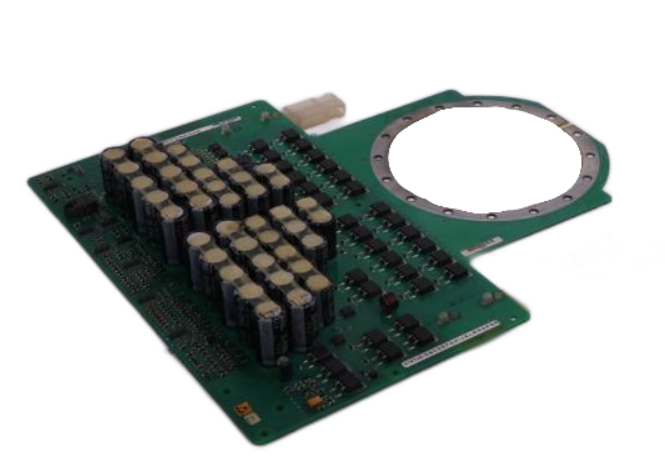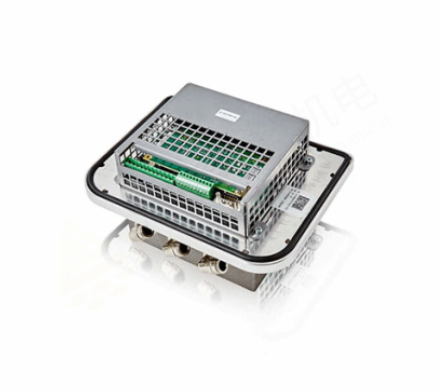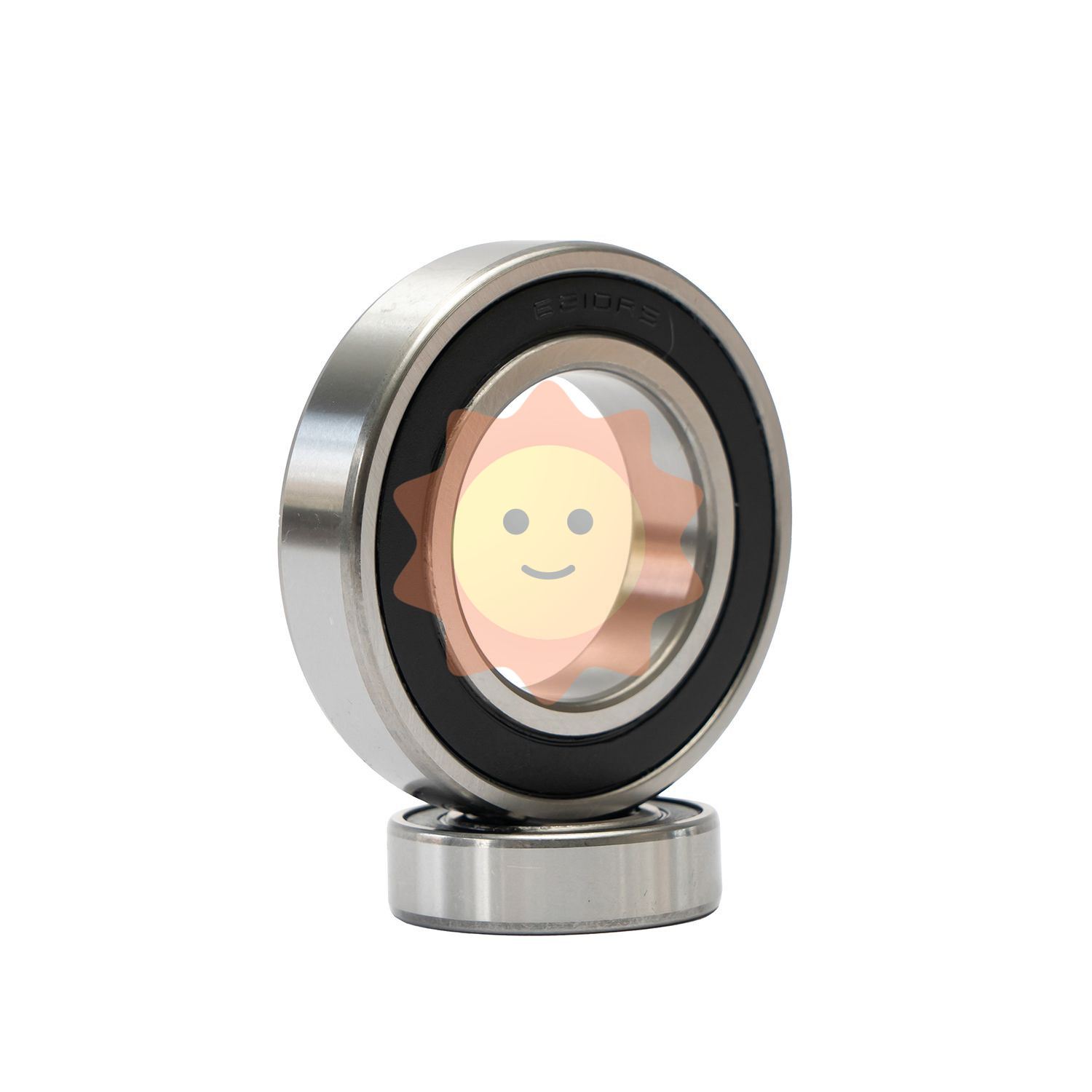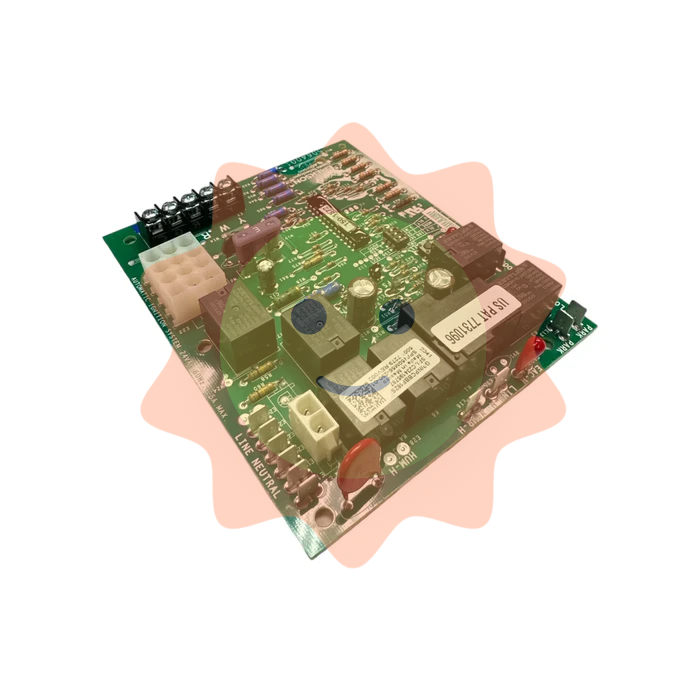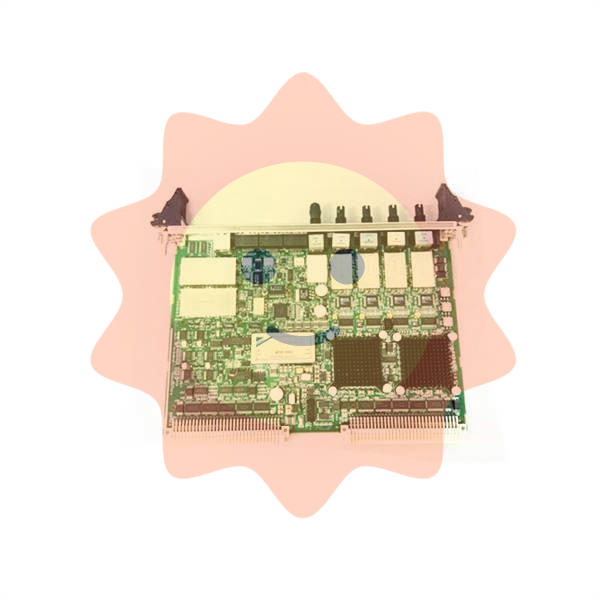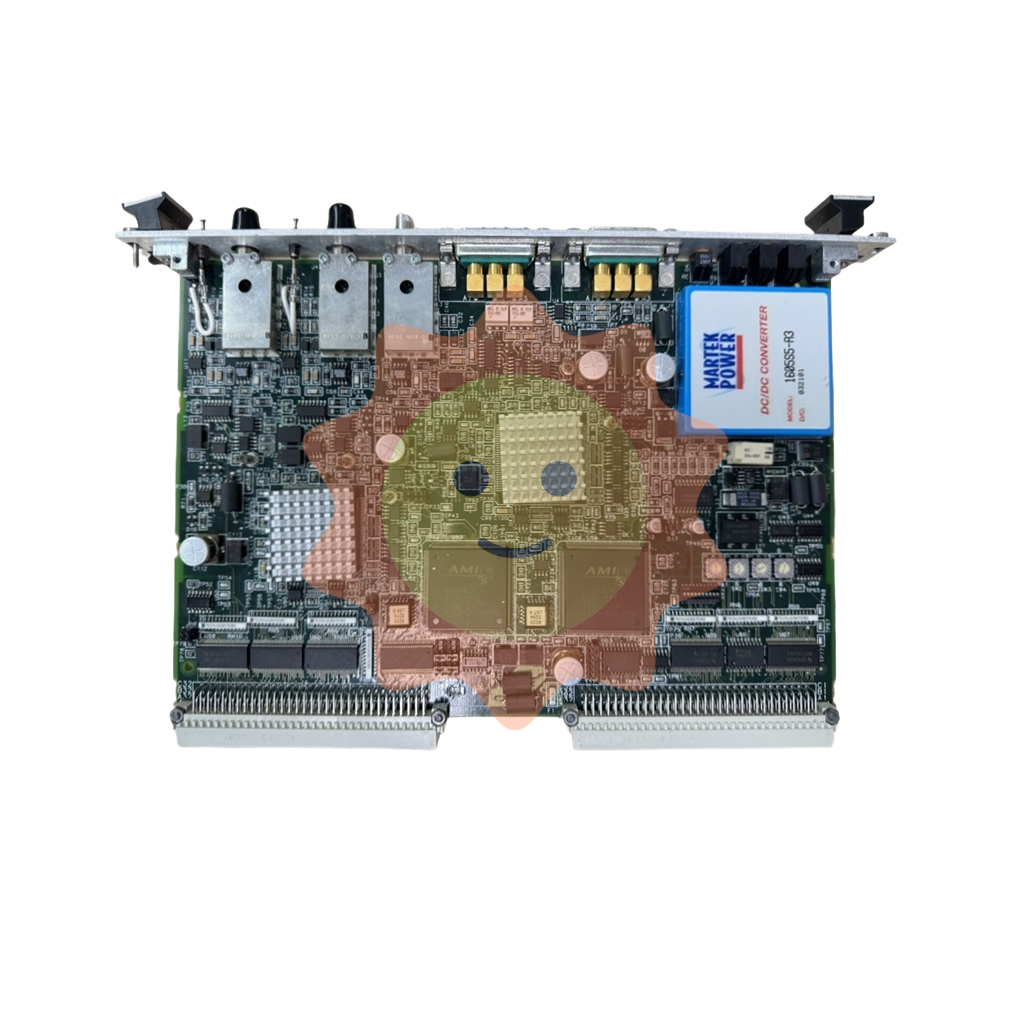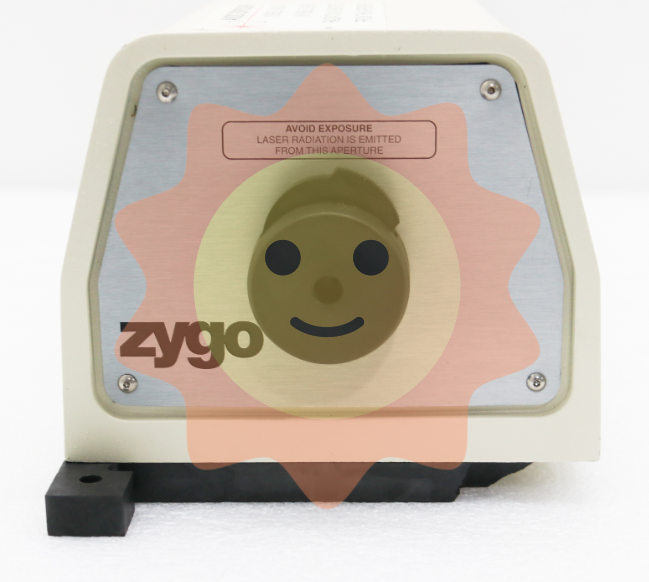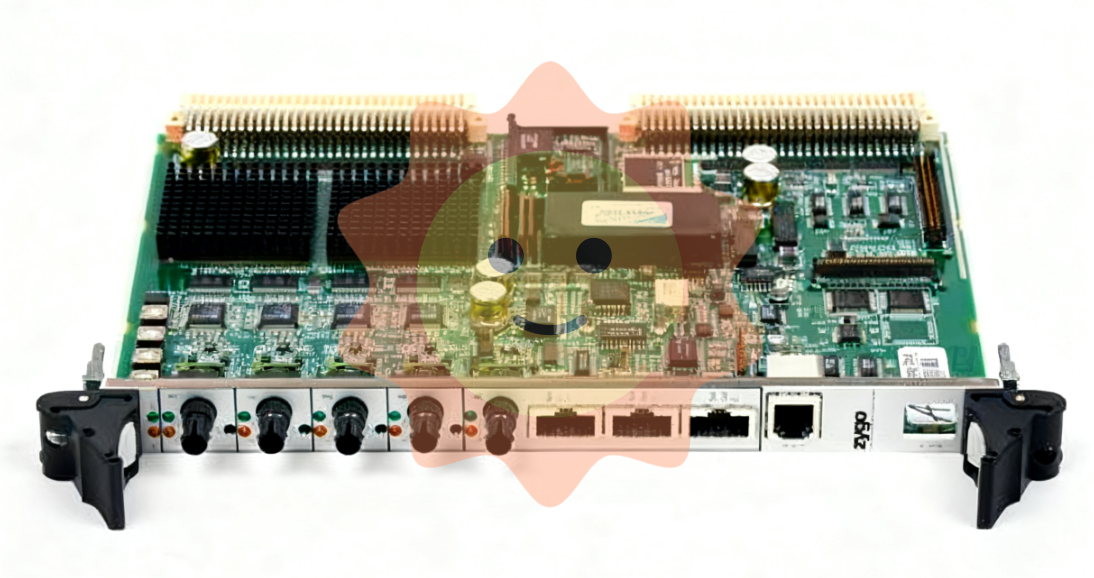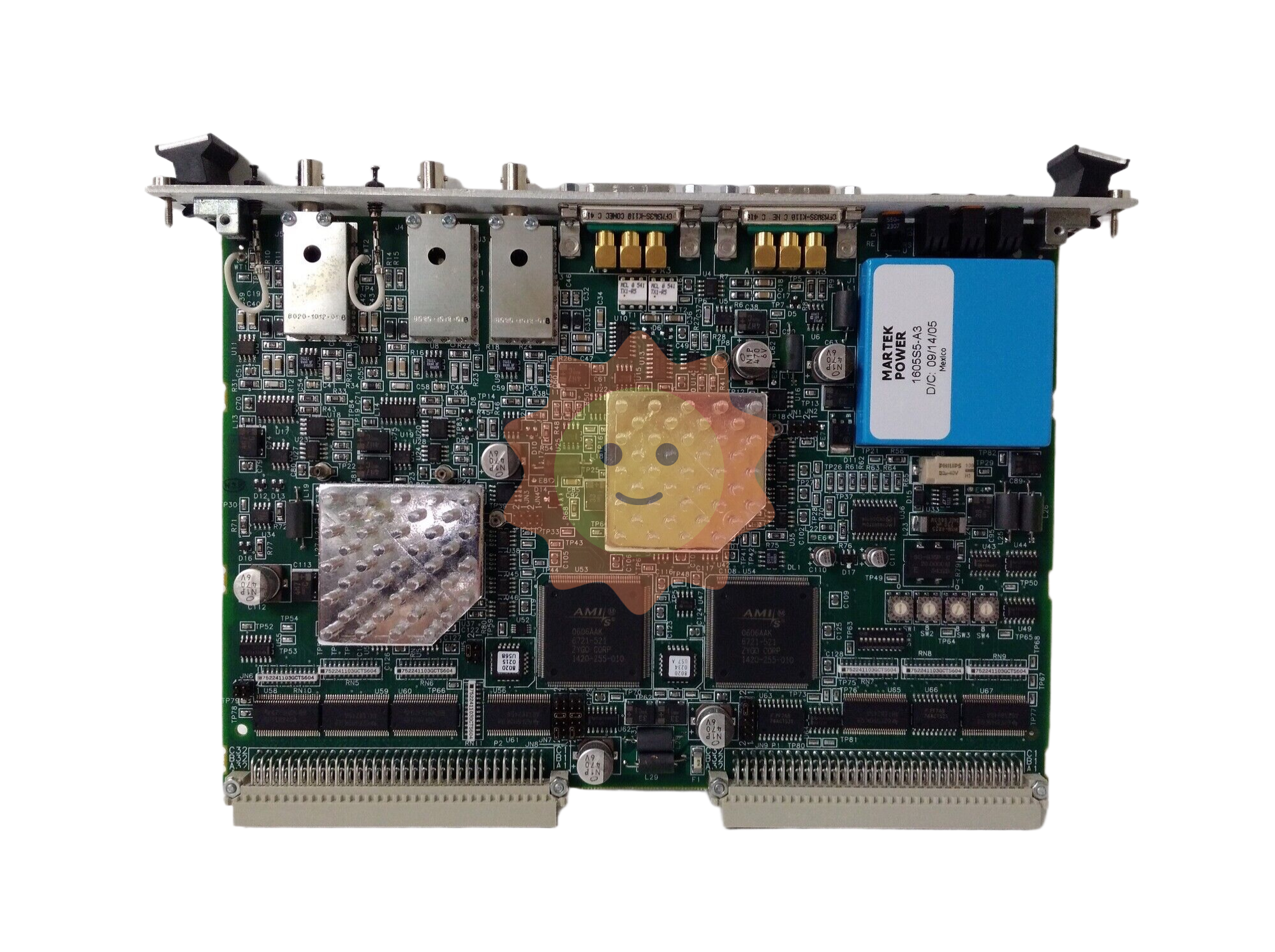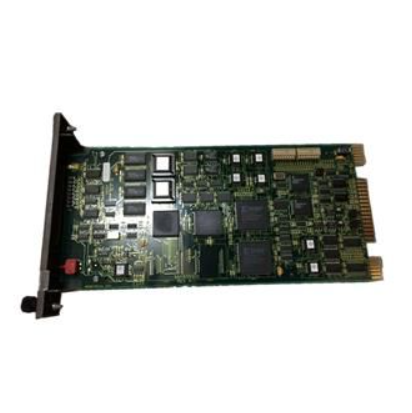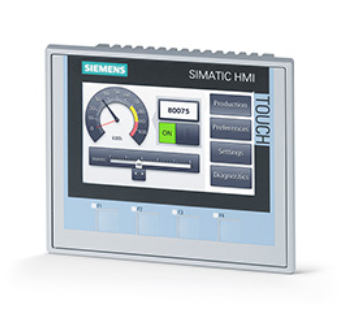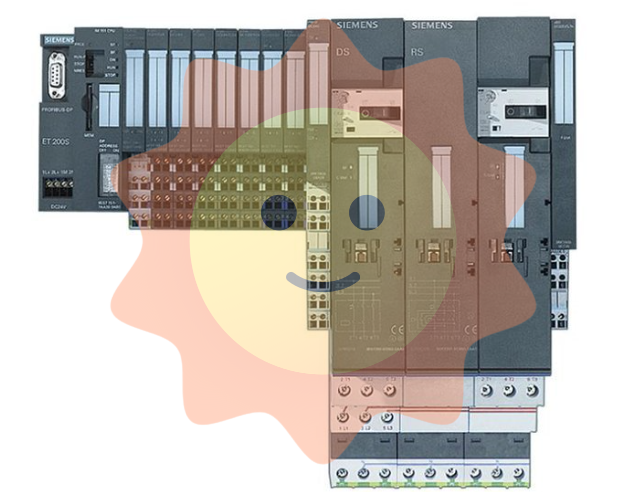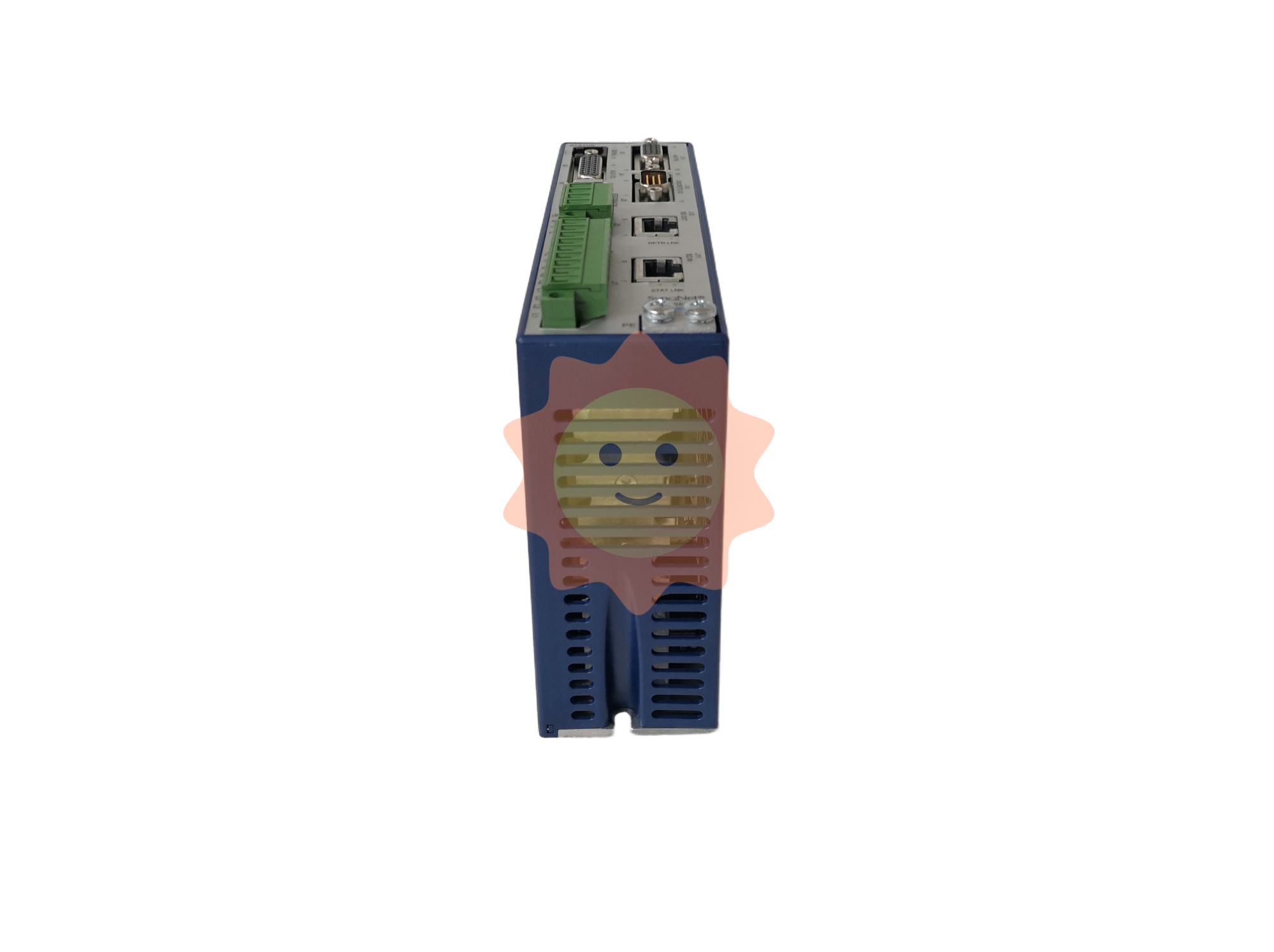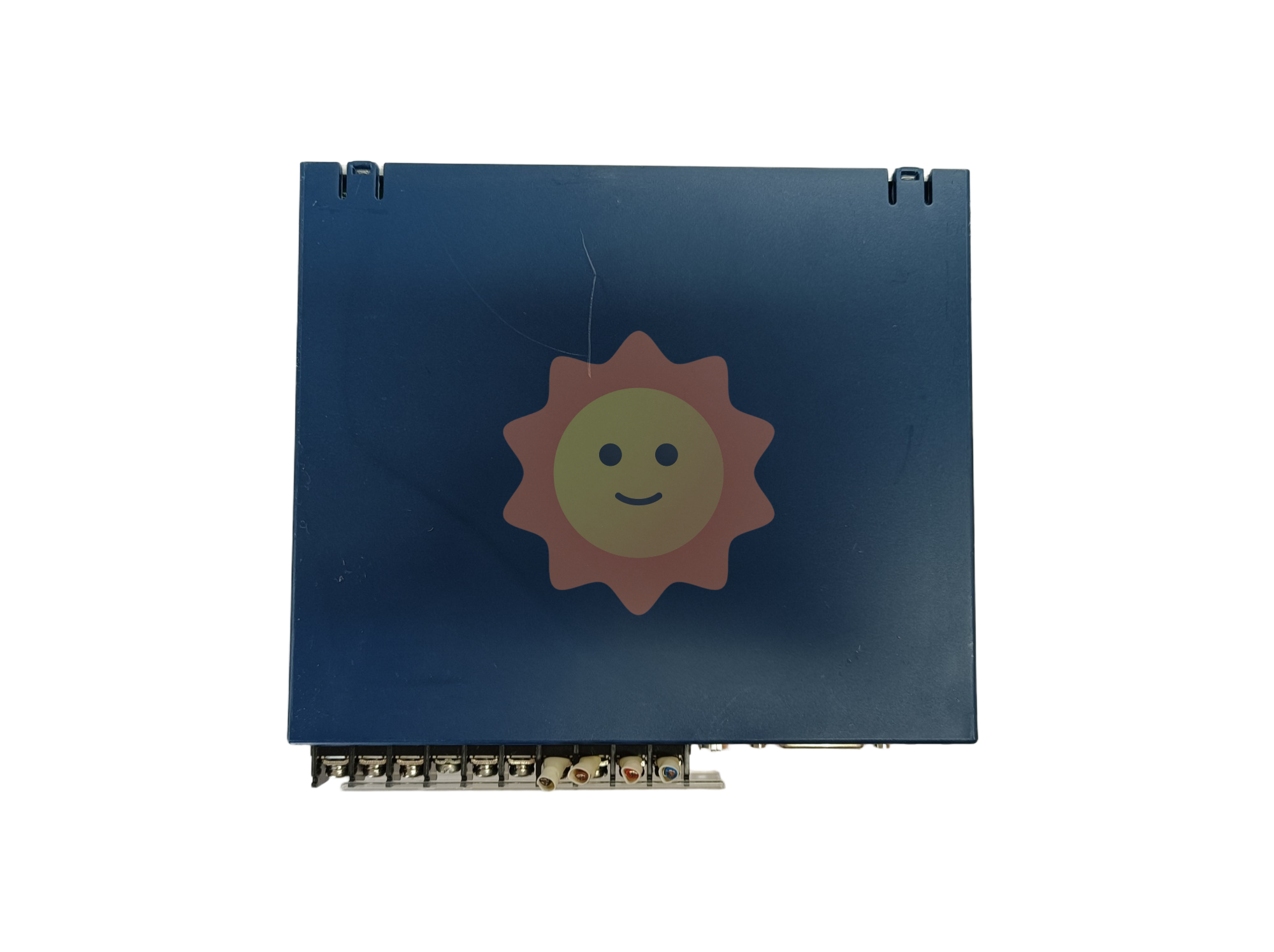Opportunities and challenges in the Life Sciences and Healthcare circuit
Zhang Suyang believes that the future life science and medical health industry will have the following important variables. The first variable is aggregation. In recent years, the adjustment of collectivization has changed the sales system of medical products in China, and all aspects of the value chain have changed, so the valuation of the industry will also change.

The second variable is genomic technology. In the past 20 years, only genomics has developed faster than Moore's Law. At that time, the world spent 3.3 billion dollars to do the whole genome of the human body sequencing, from the genetic level to understand what is human, human is also digital, is 4 letters. Knowing that people can do research from a digital perspective also opens up a new line of life science research. Now it costs $1,500 to make a human genome.
Genomic technology has allowed us to recognize that humans are "digital," that the combination of digitization and molecular biology has produced rapid change and significant cost reductions, and that the study of the genome has contributed to a better understanding of the root causes of disease and the development of new treatments based on this knowledge.
Zhang also shared some new changes in the life science and medical health industry in the future. First of all, the vast majority of medical equipment today still relies on imports, but in today's specific situation, as long as the quality of the product is good enough, any product that can be replaced by domestic can be entered.
The second change is the discovery of new targets. Due to the intensification of market competition, enterprises can no longer "follow others", but must have the ability to innovate independently.
The third change is the multiple intersections of technology. For example, the emergence of 3D printing drugs, the realization of 3D printing drugs need to realize the printer, printing materials and drug regulation of these three technologies. The printing material refers to the need to create a material that meets medical regulatory requirements, and the drug conditioning refers to the printed pill that can be accurately adjusted and released after entering the stomach.
Today's life sciences and medical health are facing the problem of domestic substitution in innovative drugs, medical devices, vaccines, etc. What opportunities and challenges will emerge from this?
Zhang Suyang believes that domestic substitution involves more things, from the perspective of domestic medical materials, a large number of new materials need to be developed, but the current domestic materials are not high enough quality, need to rely on imports, and processing technology problems, because the domestic processing equipment can not do the most sophisticated level, so to Singapore or Germany to open mold.
Chen Penghui said that there are many things in the investment of the medical industry that are difficult to see, but domestic substitution is one of the few directions that can be seen, and one of the reasons is that the awareness of users has changed dramatically.
Five years ago, users were more inclined to import because the quality of imported products was more guaranteed; today, the opposite is true. When this change occurs, whether it is customers, regulators, or the upstream and downstream of the industry, it will form an exponential growth rate.

Chen Penghui further added that from the perspective of supply chain security, the epidemic and geopolitics have also given domestic alternatives a huge space for trial and error - your product quality may not be better than imported products, but users will consider if one day can not buy imported products. So when the logic changes, the speed of domestic alternatives will accelerate and the degree of acceptance will be higher.
What are the most promising technologies for the life sciences and healthcare circuit? What are the innovations and breakthroughs in 2023? What are the constraints? The two guests also expressed their views.
Chen Penghui believes that there are two breakthrough points in the future life science and medical health track.
One breakthrough is the emergence of new technology platforms. Breakthroughs in technology platforms are not common, and many so-called "breakthroughs" are in a certain molecule, target or mechanism, and do not form platform breakthroughs. For example, the sudden fire of synthetic biology, which has been developed in the United States for more than ten years, has walked a very tortuous road.
For investors, the real challenge is to find new opportunities in new technology platforms, which may be scattered, but are the main theme of investors in the next few years.
Mr. Chan also mentioned digital health products, such as wearable wristbands. At present, everyone is very concerned about the sports data of wearable bracelets, which will be a huge potential consumer market for the future 60 and 70 years.
Compared with the post-40s and post-50s, the post-60s and post-70s are more sensitive to the Internet and digital technology, so their popularity and acceptance of digital health products is higher, and there will be exponential growth. However, digital health products also face a problem - how to gain consumer recognition, which involves people's psychological factors, because people almost always pay attention to medical treatment and health when they are sick.
- EMERSON
- Honeywell
- CTI
- Rolls-Royce
- General Electric
- Woodward
- Yaskawa
- xYCOM
- Motorola
- Siemens
- Rockwell
- ABB
- B&R
- HIMA
- Construction site
- electricity
- Automobile market
- PLC
- DCS
- Motor drivers
- VSD
- Implications
- cement
- CO2
- CEM
- methane
- Artificial intelligence
- Titanic
- Solar energy
- Hydrogen fuel cell
- Hydrogen and fuel cells
- Hydrogen and oxygen fuel cells
- tyre
- Chemical fiber
- dynamo
- corpuscle
- Pulp and paper
- printing
- fossil
- FANUC
- Food and beverage
- Life science
- Sewage treatment
- Personal care
- electricity
- boats
- infrastructure
- Automobile industry
- metallurgy
- Nuclear power generation
- Geothermal power generation
- Water and wastewater
- Infrastructure construction
- Mine hazard
- steel
- papermaking
- Natural gas industry
- Infrastructure construction
- Power and energy
- Rubber and plastic
- Renewable energy
- pharmacy
- mining
- Plastic industry
- Schneider
- Kongsberg
- NI
- Wind energy
- International petroleum
- International new energy network
- gas
- WATLOW
- ProSoft
- SEW
- wind
- ADVANCED
- Reliance
- YOKOGAWA
- TRICONEX
- FOXBORO
- METSO
- MAN
- Advantest
- ADVANCED
- ALSTOM
- Control Wave
- AB
- AMAT
- STUDER
- KONGSBERG
- MOTOROLA
- DANAHER MOTION
- Bently
- Galil
- EATON
- MOLEX
- Triconex
- DEIF
- B&W
- ZYGO
- Aerotech
- DANFOSS
- KOLLMORGEN
- Beijer
- Endress+Hauser
- MOOG
- KB
- Moxa
- Rexroth


Email:wang@kongjiangauto.com

